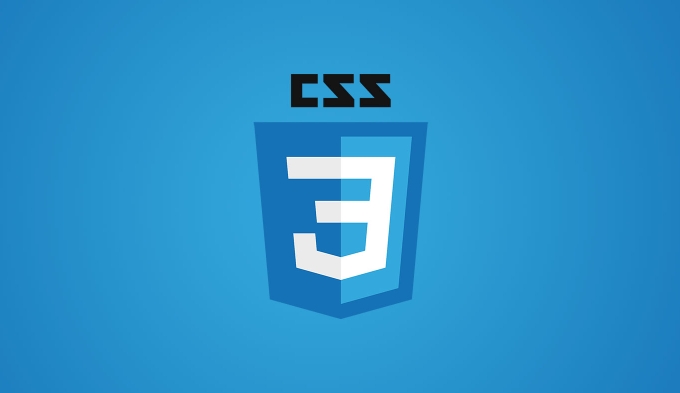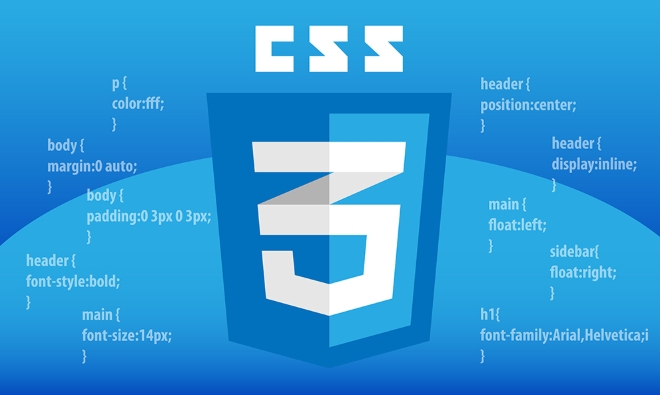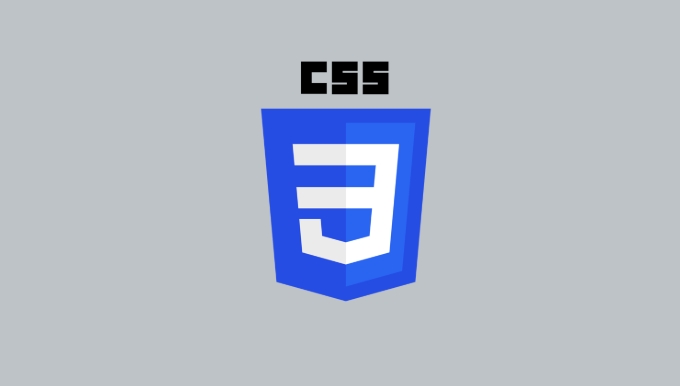BEM is a CSS naming convention that improves code readability, maintainability, and scalability. 1. Block represents standalone, reusable components like buttons or headers. 2. Element is a part of a block that cannot be used independently such as a menu item inside a navigation block. 3. Modifier indicates variations or states of a block or element like a disabled button. The syntax follows patterns like .block, .block__element, and .block--modifier. Benefits include clarity in relationships, avoiding naming conflicts, easier maintenance, and better team collaboration. Example usage in HTML includes structuring a card component with classes like .card, .card__image, and .card__button--primary. Tips for effective use involve avoiding unnecessary nesting, keeping modifiers simple, and not using overly long names. BEM focuses on component-based thinking rather than enforcing strict rules.

BEM stands for Block, Element, Modifier. It's a naming convention in CSS that helps you create reusable components and code sharing in front-end development. The main idea behind BEM is to make your code more readable, maintainable, and scalable — especially in larger projects or when working in teams.

What Do Block, Element, and Modifier Mean?
- Block: A standalone component that can be reused throughout the project. Think of it like a button or a header.
- Element: A part of a block that can't be used outside of it. For example, a menu item inside a navigation block.
- Modifier: A flag used to indicate a variation or state of a block or element. Like a "disabled" version of a button or a different theme for a component.
The syntax usually looks something like this:
- Block:
.block - Element:
.block__element - Modifier:
.block--modifieror.block__element--modifier
This structure makes it clear how elements relate to each other just by looking at the class names.

Why Use BEM in Your Project?
There are a few practical reasons why developers adopt BEM:
- Clarity in Relationships: You can immediately tell which elements belong to which block just by their class name.
- Avoid Naming Conflicts: Since every class name is unique and scoped within a block, you’re less likely to accidentally overwrite styles.
- Easier Maintenance: With a clear structure, it becomes easier to update or refactor parts of your site without breaking unrelated components.
- Team Collaboration: When multiple people work on the same codebase, having a consistent naming system reduces confusion and speeds up development.
You might not notice these benefits in a small personal project, but once your CSS grows beyond a few hundred lines, BEM can really help keep things organized.

How to Apply BEM in Real Life
Let’s take a common example: a card component.
<div class="card">
<div class="card__image"></div>
<div class="card__content">
<h3 class="card__title">Card Title</h3>
<p class="card__description">Some text here.</p>
</div>
<button class="card__button card__button--primary">Click Me</button>
</div>In this example:
-
.cardis the block. -
.card__image,.card__content, etc., are elements. -
.card__button--primaryis a modifier indicating a specific style of the button.
A few tips when writing BEM-style CSS:
- Don’t nest blocks inside each other unless necessary.
- Keep modifiers simple — use them for variations, not complex logic.
- Avoid overly long names. If a class name feels too wordy, reconsider the structure.
One thing many beginners miss is that BEM isn’t about forcing a strict structure — it’s more about thinking in terms of components and how they relate.
That’s the core of BEM in a nutshell. It may feel verbose at first, but once you get used to it, it really helps keep your styles clean and manageable.
The above is the detailed content of What is BEM methodology in CSS. For more information, please follow other related articles on the PHP Chinese website!

Hot AI Tools

Undress AI Tool
Undress images for free

Undresser.AI Undress
AI-powered app for creating realistic nude photos

AI Clothes Remover
Online AI tool for removing clothes from photos.

Clothoff.io
AI clothes remover

Video Face Swap
Swap faces in any video effortlessly with our completely free AI face swap tool!

Hot Article

Hot Tools

Notepad++7.3.1
Easy-to-use and free code editor

SublimeText3 Chinese version
Chinese version, very easy to use

Zend Studio 13.0.1
Powerful PHP integrated development environment

Dreamweaver CS6
Visual web development tools

SublimeText3 Mac version
God-level code editing software (SublimeText3)

Hot Topics
 CSS tutorial for creating loading spinners and animations
Jul 07, 2025 am 12:07 AM
CSS tutorial for creating loading spinners and animations
Jul 07, 2025 am 12:07 AM
There are three ways to create a CSS loading rotator: 1. Use the basic rotator of borders to achieve simple animation through HTML and CSS; 2. Use a custom rotator of multiple points to achieve the jump effect through different delay times; 3. Add a rotator in the button and switch classes through JavaScript to display the loading status. Each approach emphasizes the importance of design details such as color, size, accessibility and performance optimization to enhance the user experience.
 Addressing CSS Browser Compatibility issues and prefixes
Jul 07, 2025 am 01:44 AM
Addressing CSS Browser Compatibility issues and prefixes
Jul 07, 2025 am 01:44 AM
To deal with CSS browser compatibility and prefix issues, you need to understand the differences in browser support and use vendor prefixes reasonably. 1. Understand common problems such as Flexbox and Grid support, position:sticky invalid, and animation performance is different; 2. Check CanIuse confirmation feature support status; 3. Correctly use -webkit-, -moz-, -ms-, -o- and other manufacturer prefixes; 4. It is recommended to use Autoprefixer to automatically add prefixes; 5. Install PostCSS and configure browserslist to specify the target browser; 6. Automatically handle compatibility during construction; 7. Modernizr detection features can be used for old projects; 8. No need to pursue consistency of all browsers,
 Styling visited links differently with CSS
Jul 11, 2025 am 03:26 AM
Styling visited links differently with CSS
Jul 11, 2025 am 03:26 AM
Setting the style of links you have visited can improve the user experience, especially in content-intensive websites to help users navigate better. 1. Use CSS's: visited pseudo-class to define the style of the visited link, such as color changes; 2. Note that the browser only allows modification of some attributes due to privacy restrictions; 3. The color selection should be coordinated with the overall style to avoid abruptness; 4. The mobile terminal may not display this effect, and it is recommended to combine it with other visual prompts such as icon auxiliary logos.
 Creating custom shapes with css clip-path
Jul 09, 2025 am 01:29 AM
Creating custom shapes with css clip-path
Jul 09, 2025 am 01:29 AM
Use the clip-path attribute of CSS to crop elements into custom shapes, such as triangles, circular notches, polygons, etc., without relying on pictures or SVGs. Its advantages include: 1. Supports a variety of basic shapes such as circle, ellipse, polygon, etc.; 2. Responsive adjustment and adaptable to mobile terminals; 3. Easy to animation, and can be combined with hover or JavaScript to achieve dynamic effects; 4. It does not affect the layout flow, and only crops the display area. Common usages are such as circular clip-path:circle (50pxatcenter) and triangle clip-path:polygon (50%0%, 100 0%, 0 0%). Notice
 What is the difference between display: inline, display: block, and display: inline-block?
Jul 11, 2025 am 03:25 AM
What is the difference between display: inline, display: block, and display: inline-block?
Jul 11, 2025 am 03:25 AM
Themaindifferencesbetweendisplay:inline,block,andinline-blockinHTML/CSSarelayoutbehavior,spaceusage,andstylingcontrol.1.Inlineelementsflowwithtext,don’tstartonnewlines,ignorewidth/height,andonlyapplyhorizontalpadding/margins—idealforinlinetextstyling
 How to create responsive images using CSS?
Jul 15, 2025 am 01:10 AM
How to create responsive images using CSS?
Jul 15, 2025 am 01:10 AM
To create responsive images using CSS, it can be mainly achieved through the following methods: 1. Use max-width:100% and height:auto to allow the image to adapt to the container width while maintaining the proportion; 2. Use HTML's srcset and sizes attributes to intelligently load the image sources adapted to different screens; 3. Use object-fit and object-position to control image cropping and focus display. Together, these methods ensure that the images are presented clearly and beautifully on different devices.
 What is CSS and what does it stand for?
Jul 03, 2025 am 01:48 AM
What is CSS and what does it stand for?
Jul 03, 2025 am 01:48 AM
CSS,orCascadingStyleSheets,isthepartofwebdevelopmentthatcontrolsawebpage’svisualappearance,includingcolors,fonts,spacing,andlayout.Theterm“cascading”referstohowstylesareprioritized;forexample,inlinestylesoverrideexternalstyles,andspecificselectorslik
 What is the CSS Painting API?
Jul 04, 2025 am 02:16 AM
What is the CSS Painting API?
Jul 04, 2025 am 02:16 AM
TheCSSPaintingAPIenablesdynamicimagegenerationinCSSusingJavaScript.1.DeveloperscreateaPaintWorkletclasswithapaint()method.2.TheyregisteritviaregisterPaint().3.ThecustompaintfunctionisthenusedinCSSpropertieslikebackground-image.Thisallowsfordynamicvis






